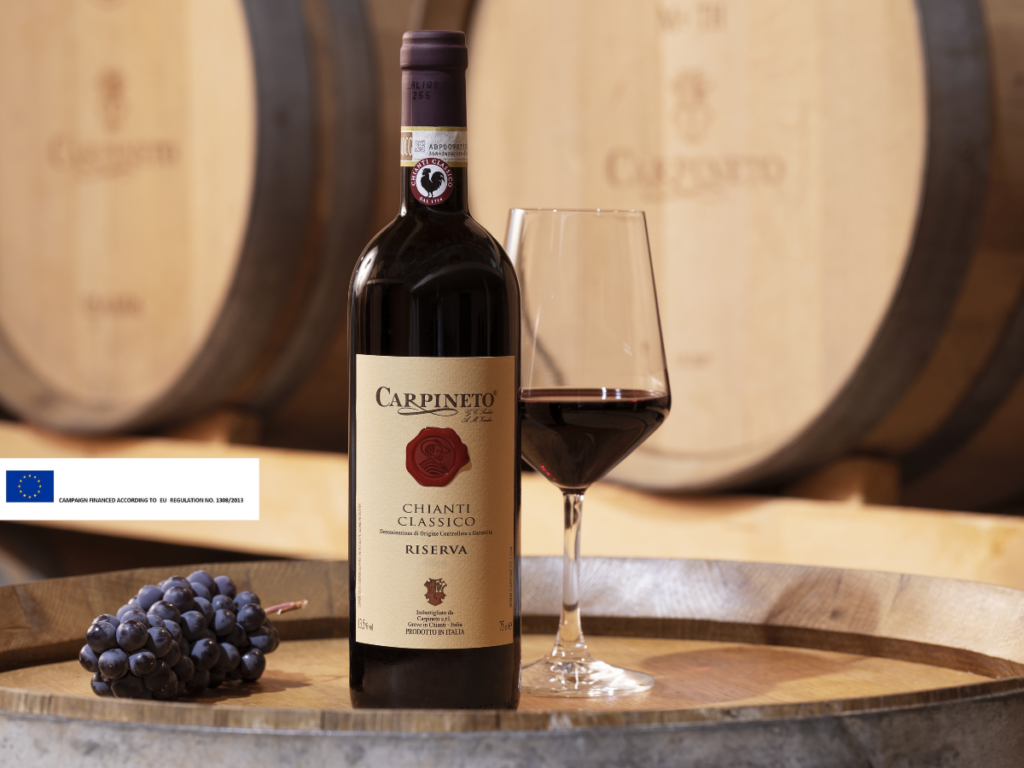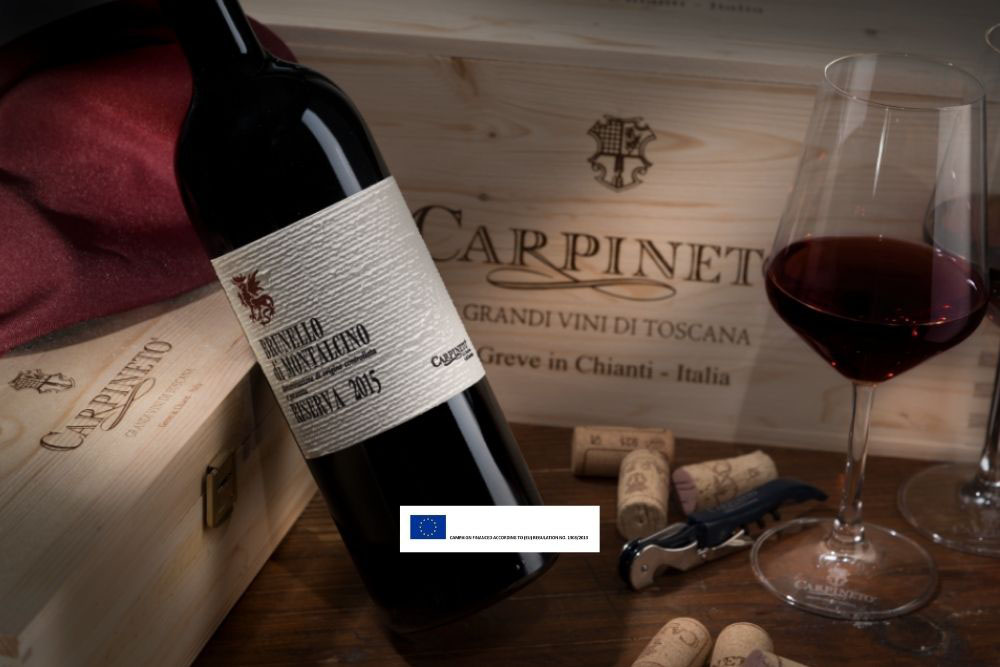The word Chianti is very well known throughout the whole globe: everybody has heard about this particular wine and this specific region. But what makes this product so special? For us at Carpineto, also the fact that this very kind of wine was the first one produced by our vineyards back in 1967.
First of all, it is a very historic wine: the term "Chianti" appears for the first time in a parchment dated 790, while the first parchments referring to winemaking in Chianti date back to 913 and were found in the church of Santa Cristina in Lucignano. Since the 1400s, when the excellence of Chianti wine was evident, the need to protect it, protecting its name and quality, arose. One of the first provisions in this sense was the prohibition by the Lega del Chianti in 1444 to harvest before 29 September, the feast of San Michele. Subsequently, penalties were established for anyone who counterfeited the original product or altered its seal.
After the Medici peace, the Florentines began to look at the countryside as a source of investment and income. Even Michelangelo bought houses and farms in Chianti and personally took care of the production of wine. In 1512 Machiavelli sought refuge in the farms he owned in Chianti after being accused of conspiring against the Medici, in particular in Sant'Andrea in Percussina, in whose rooms he allegedly wrote The Prince. So it is also a favorite of people with a distinct artistic personality.
The main reason to buy it is, of course, its magical taste. But how do we pair this wine perfectly? Usually, Pappardelle with hare or wild boar sauce; mixed grills, game meats.
It also goes well with some offal. The pairing between Chianti and roast pork, beef and poultry is famous, but also with hare-based stews and aged local cheeses. For more surprising and adventurous combinations we can accompany it with fish dishes such as Cacciucco alla Livornese or spaghetti with octopus ragout. The occasions to celebrate this wine are not as rare as someone could think!
Being now a luxuriant territory, Chianti aroused the appetites of Florence and Siena. A curious legend arose about how the division of the area came about. Florence and Siena, now exhausted by decades of conflicts for control of the Chianti area, decided to resolve the issue by choosing a knight and a rooster as representatives, and the rooster is now widely considered as the symbol of Chianti Classic.
For us at Carpineto,Chianti Classico has a very particular story: The history of the Chianti Classico label produced on the Dudda estate (the first of Carpineto) dates back to when our founder came across an engraving by Marchi Incisori of the self-portrait of Rubens � this engraving was in the family collection. The engraving was chosen as the symbol of the then new Cantina di Greve in Chianti as Rubens boasted a long history of love for Tuscany and wine.
Unfortunately this engraving was lost when the typography it then used the incision to create our first label failed. However, it remained for us the image that is still the symbol of our Chianti Classico (from Chianti Classico alla Gran Selezione), the first wine produced by Carpineto. The portrait of Rubens can be found in all the labels of the Chianti Classico family, such as la "Riserva" and the "Gran selezione".


